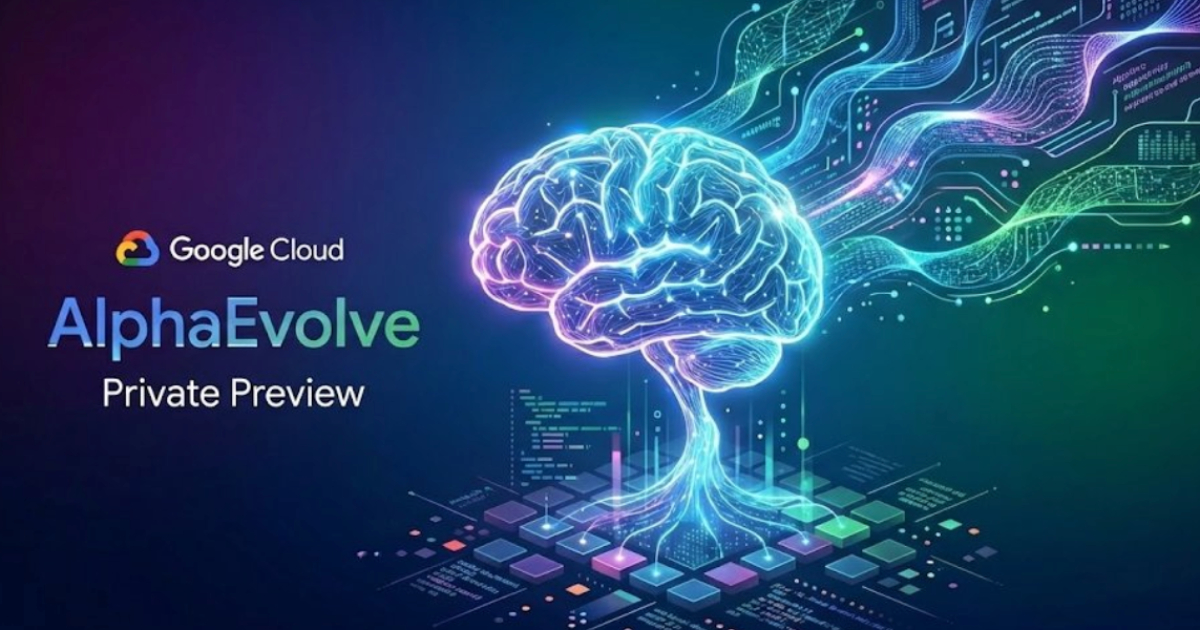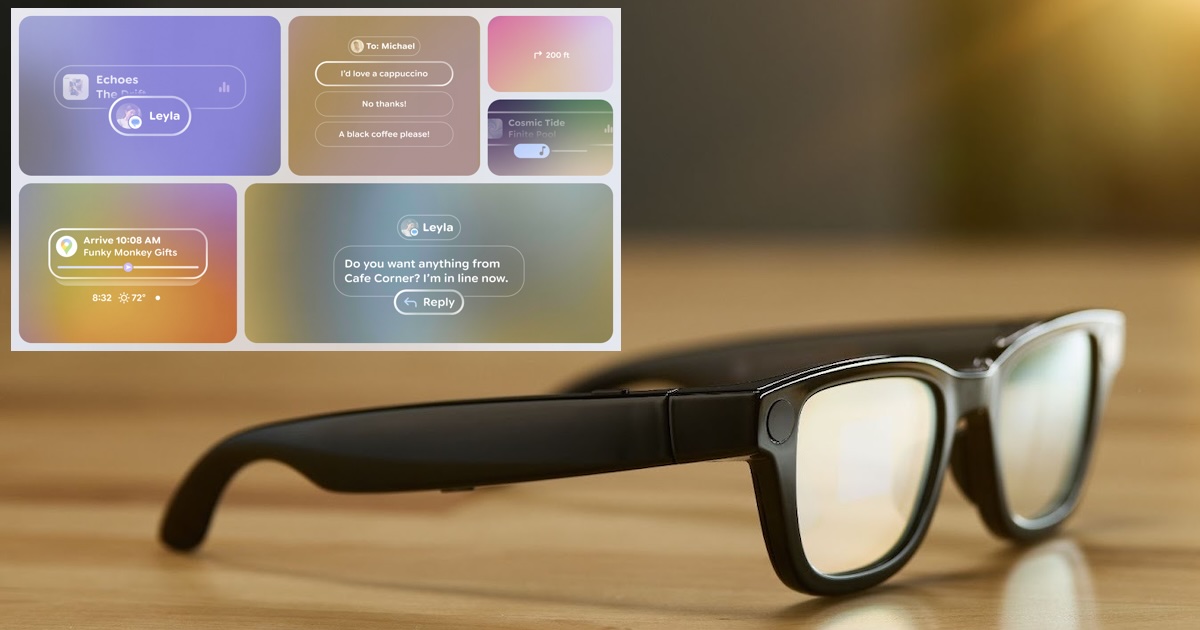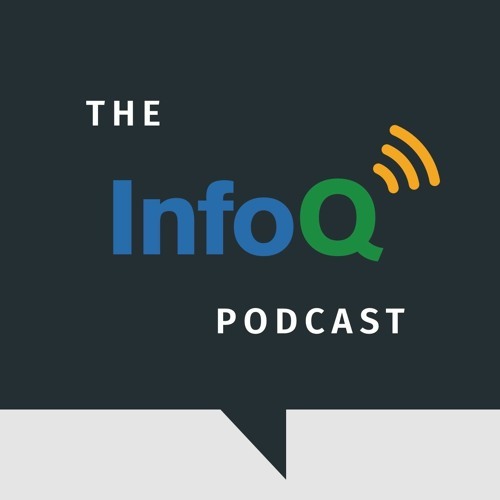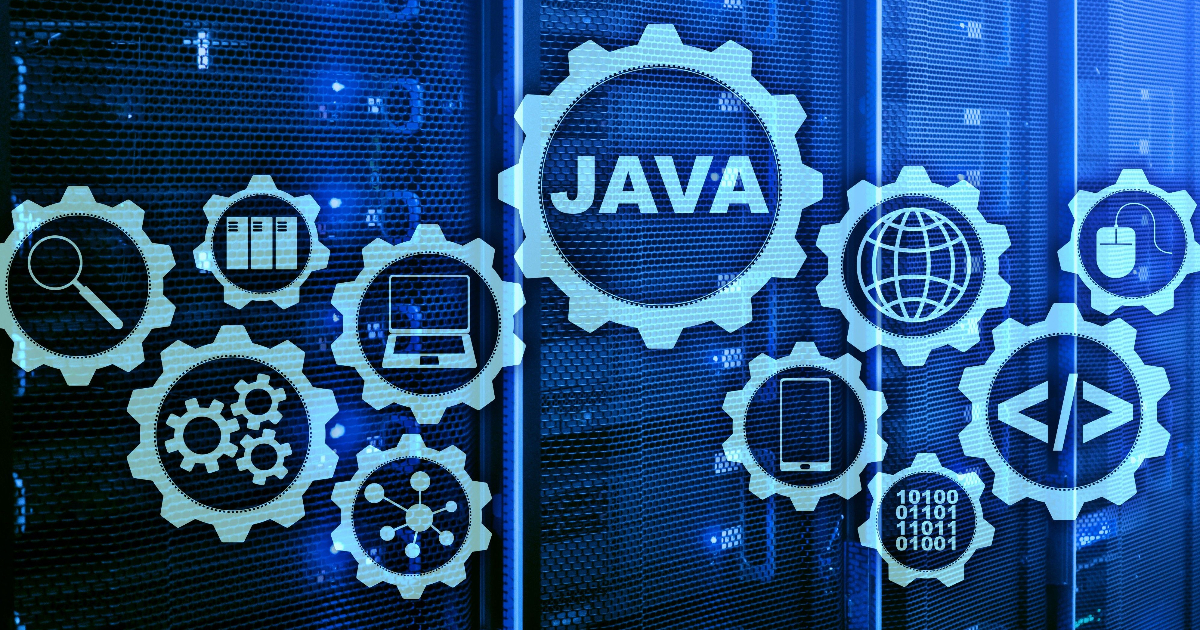Codetown
Codetown ::: a software developer's community
GatorJUG - Watching the logs roll by
Event Details
Time: July 1, 2009 from 6pm to 9pm
Event Type: meeting
Organized By: Michael Levin
Latest Activity: Jul 1, 2009
Guest Lists
Attending (2)
Notes
Welcome to Codetown!
 Codetown is a social network. It's got blogs, forums, groups, personal pages and more! You might think of Codetown as a funky camper van with lots of compartments for your stuff and a great multimedia system, too! Best of all, Codetown has room for all of your friends.
Codetown is a social network. It's got blogs, forums, groups, personal pages and more! You might think of Codetown as a funky camper van with lots of compartments for your stuff and a great multimedia system, too! Best of all, Codetown has room for all of your friends.
Created by Michael Levin Dec 18, 2008 at 6:56pm. Last updated by Michael Levin May 4, 2018.
Looking for Jobs or Staff?
Check out the Codetown Jobs group.
InfoQ Reading List
Presentation: Powering Enterprise AI Applications with Data and Open Source Software

Francisco Javier Arceo explored Feast, the open-source feature store designed to address common data challenges in the AI/ML lifecycle, such as feature redundancy, and low-latency serving at scale.
By Francisco Javier ArceoAlphaEvolve Enters Google Cloud as an Agentic System for Algorithm Optimization

Google Cloud announced the private preview of AlphaEvolve, a Gemini-powered coding agent designed to discover and optimize algorithms for complex engineering and scientific problems. The system is now available through an early access program on Google Cloud, targeting use cases where traditional brute-force or manual optimization methods struggle due to vast search spaces.
By Robert KrzaczyńskiGoogle Unveils New Tools and Libraries for Building AI Glasses Apps

With the release of the Android XR SDK Developer Preview 3, Google has introduced two new libraries to help developers create AI Glasses experiences, Jetpack Projected and Jetpack Compose Glimmer. ARCore for Jetpack XR has also been expanded to work with AI Glasses, adding motion tracking and geospatial capabilities.
By Sergio De SimonePodcast: Building a More Appealing CLI for Agentic LLMs Based on Learnings from the Textual Framework

Will McGugan, the maker of Textual and Rich frameworks, speaks about the reasoning of developing the two two libraries and the lesson learned. Also, he shares light on Toad, his current project, which he envisions being a more visually appealing way of interacting with agentic LLMs through command line.
By Will McGuganJava News Roundup: Spring Tools 5, TornadoVM, Payara Platform, Hibernate ORM, Spock Framework

This week's Java roundup for December 8th, 2025, features news highlighting: the release of Spring Tools 5.0; milestone releases of Spring AI and Spring Shell; the December 2025 edition of the Payara Platform; point releases of Hibernate ORM and Spock Framework; and maintenance releases of Spring Framework, Micronaut, Apache TomEE and Apache Tomcat.
By Michael Redlich
© 2025 Created by Michael Levin.
Powered by
![]()